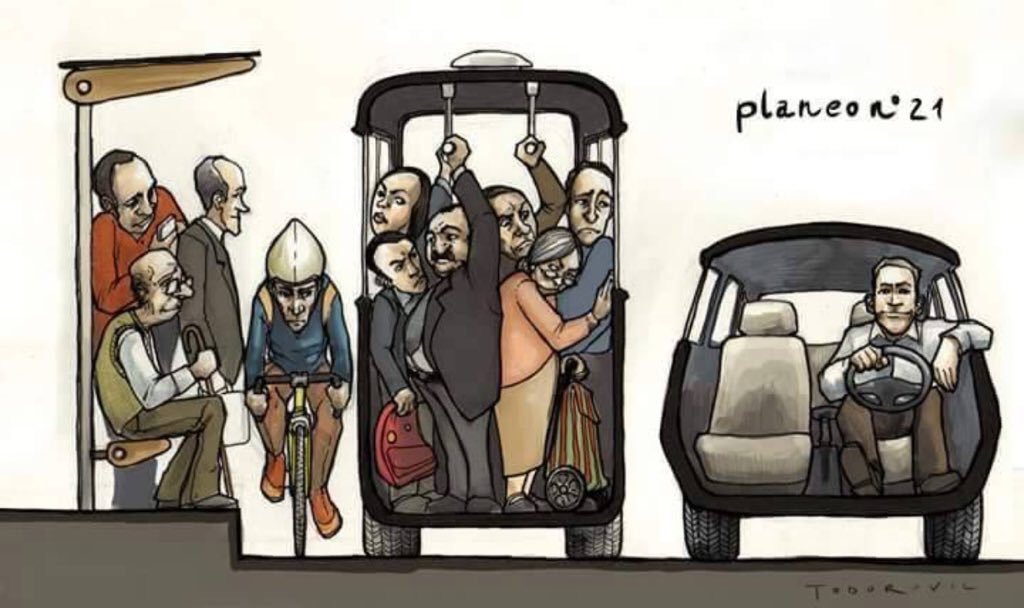APCSC members are delighted to be at the NJ Bike & Walk Coalition in Princeton! Doug McQueen and Polli Schildge are participating in the panel, “Grassroots Brainstorm”.



Asbury Park Complete Streets Coalition
Transportation Equity in Our City
APCSC members are delighted to be at the NJ Bike & Walk Coalition in Princeton! Doug McQueen and Polli Schildge are participating in the panel, “Grassroots Brainstorm”.

The least you can do to make a big difference where you live.
These are awesome and mostly ridiculously simple ideas to make your city a better place to live. #payattentionasburypark

https://www.curbed.com/2016/9/22/13019420/urban-design-community-building-placemaking
It’s about public health and traffic safety. The key is having the decisionmakers at the table,analyzing the data together.
“Hindy noticed how streets in Stockholm and Copenhagen were engineered to give cyclists and pedestrians as much a priority on the streets as cars. That seemed to foster respect among drivers for the other roadway users, too.”
“You don’t have to be a transportation enthusiast to see you’re in a different place with different priorities than most cities in America,” says Hindy.

http://www.governing.com/topics/urban/gov-vision-zero-pedestrian-deaths-brooklyn-brewery.html
In many cities, the “not enough parking” argument goes round and round, and Asbury Park is no exception. As we begin to talk about the possibility of developing a transit center and transit oriented housing this data and sound reasoning should be our guide.
“This shows the traditional views of parking should be thrown out the window when you look at transit as a major component of a development…”

A big win for NJ Bike and Walk Coalition! Congratulations to Cyndi Steiner, Executive Director of NJ Bike & Walk Coalition and Paul Steely White, Executive Director of Transportation Alternatives. (Note-Doug McQueen and Polli Schildge of APCSC were invited by Cyndi Steiner to participate on a panel at the NJ Bike and Walk Summit with Paul Steely White. Very much looking forward to this opportunity!)
“At the request of Transportation Alternatives and the New Jersey Bike & Walk Coalition, the Port Authority released a plan in 2014 to route pedestrians and cyclists onto separate sides of the bridge (walkers on the south side, cyclists on the north), replace the north path stairs with ramps, and eliminate a hairpin turn on the south path. The advocates also won continuous pedestrian and bike access throughout the construction period, expected to last seven years.”
https://www.transalt.org/news/releases/7433
Carrots and sticks don’t really work and can involve time-consuming and expensive projects. Dis incentivizing driving by incentivizing other modes of transit is much more effective.
 New Repuvlic
New Repuvlic
https://newrepublic.com/article/125530/americas-cities-still-afraid-make-driving-unappealing

@bikejc @AsburyParkCSC Thrilled to have you with us at NJ’s first Grassroots Brainstorm! with @transalt
@NJBikeWalk
Looking forward to it!

Sound familiar?
“…these eight words, which I call the eight most unhelpful words in the English language: “We could never do that in our city.”
Asbury Park, we have a lot to do. Let’s not “pull the bandaid off too slowly.”
#apcompletestreets

Brent Toderian: Don’t “Balance” Modes — Prioritize Walking, Biking, and Transit